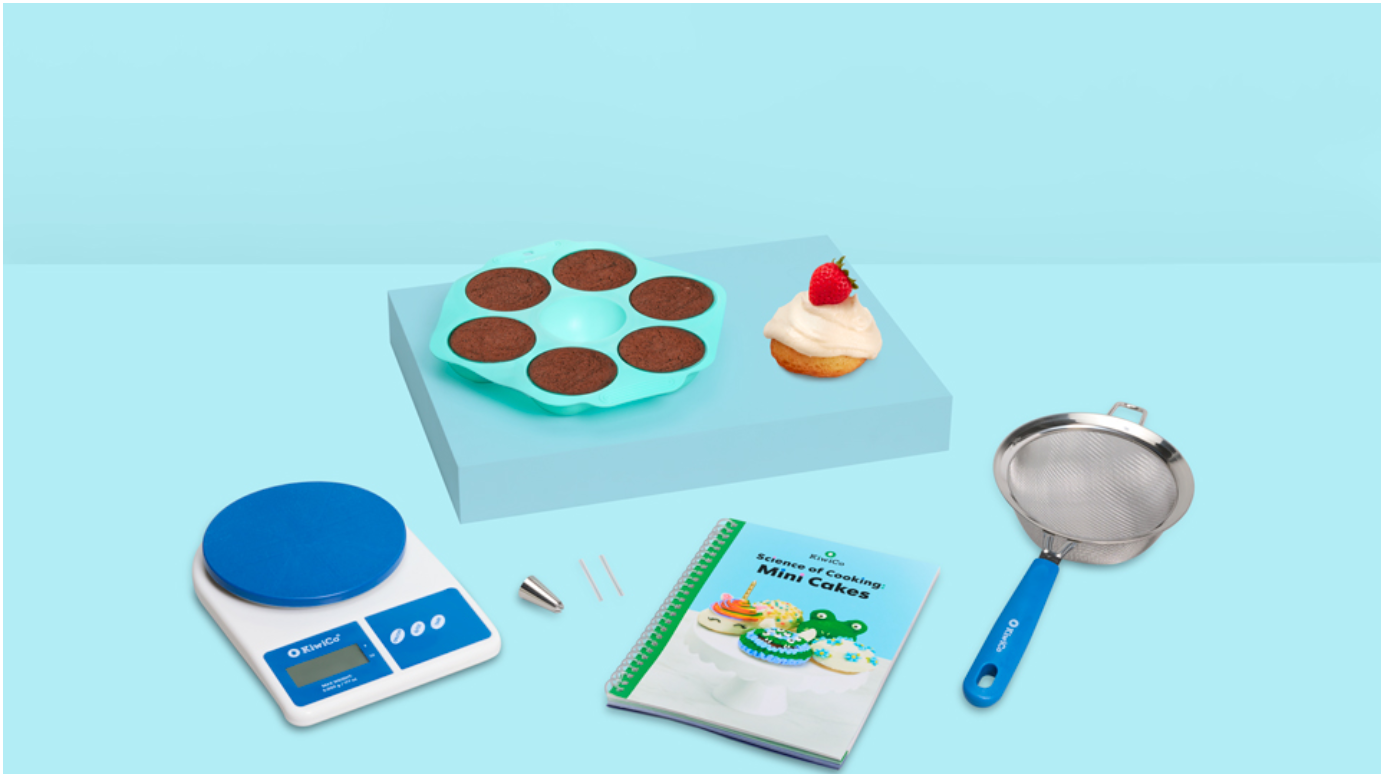Definition of a Chemical Reaction
First things first. What is a chemical reaction? A chemical reaction is a process in which one or more substances, the reactants, are converted to one or more different substances, the products.
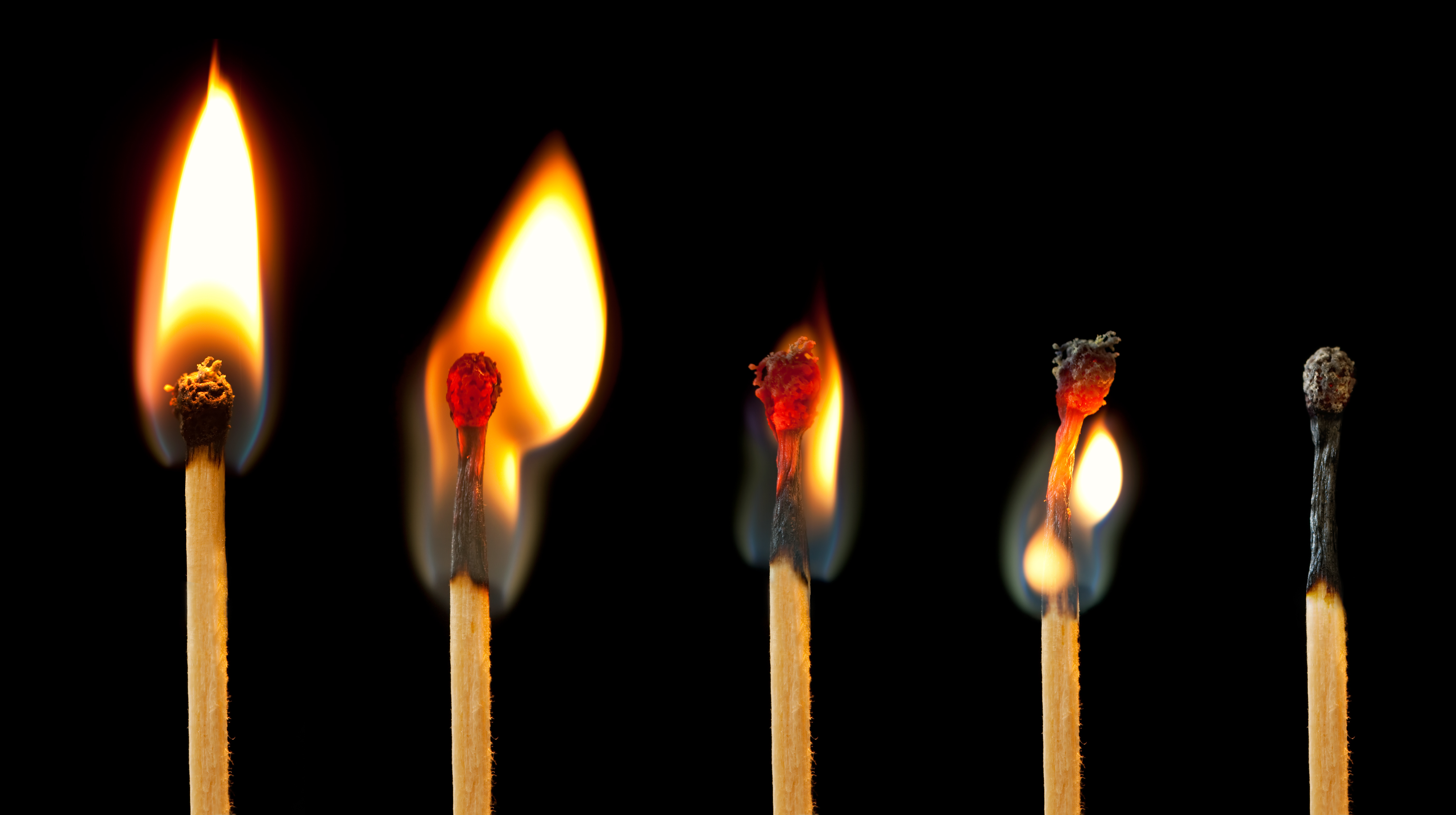
For example, a burning fire is a chemical reaction where added heat energy converts carbon, hydrogen and oxygen molecules to produce carbon dioxide and water.
When you bake a cake, the batter absorbs the heat produced by the oven, and the heat it absorbs causes chemical changes to the molecular structure of the batter.

Each of the ingredients that goes into the batter reacts to the heat in a specific way, and these reactions combine to create the light, fluffy cake we all know and love!
Cake Batter Is An Aqueous Solution
After we measure out our ingredients, the first step in baking a cake is to mix the batter. You combine the flour, sugar, salt, and baking powder with eggs, butter, and either water or milk. As you stir, the dry ingredients dissolve into the liquid to form a thick, sticky batter.
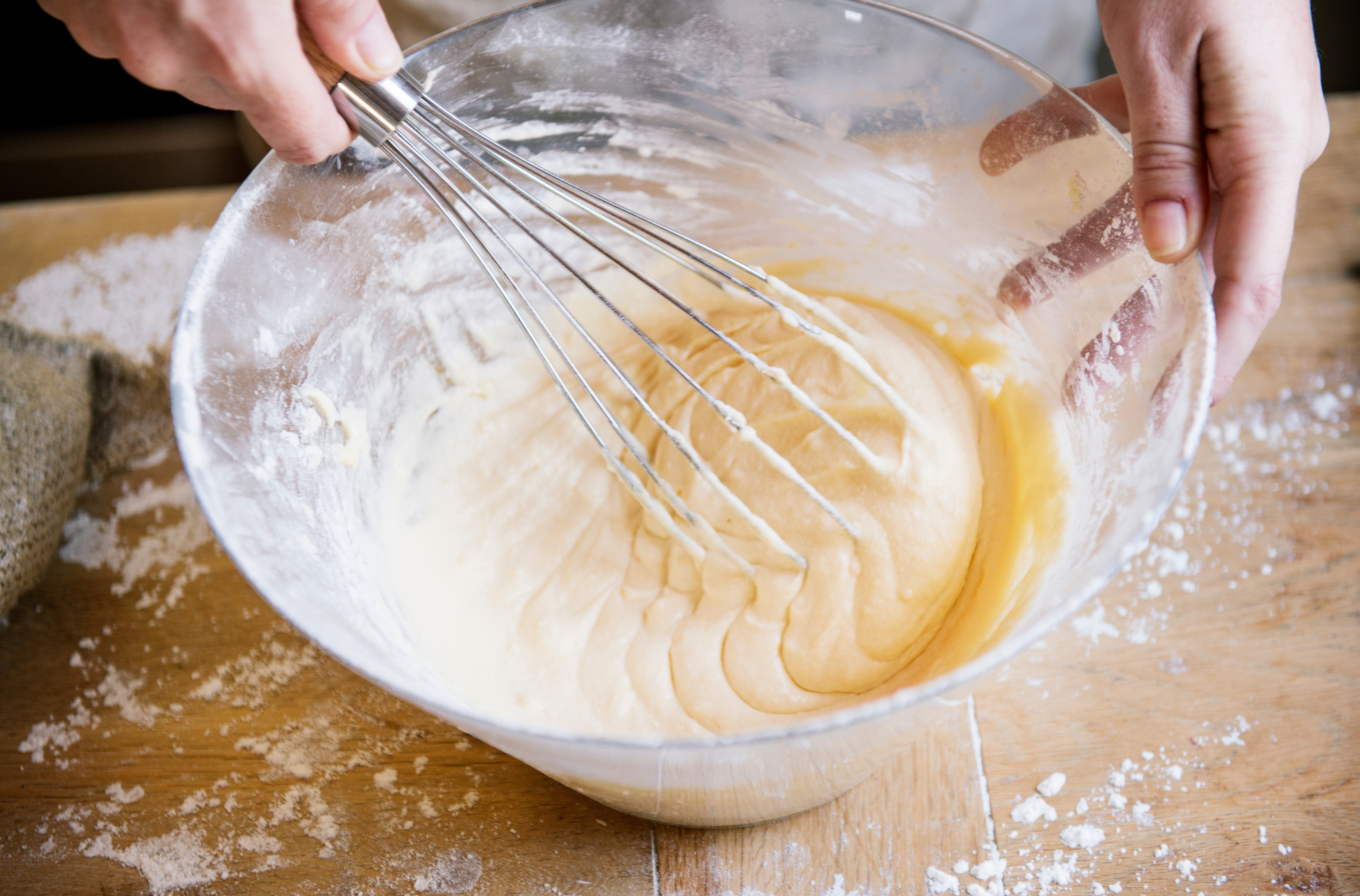
In chemistry, when you dissolve solids in water, you create what's called an aqueous solution. When a solid dissolves into an aqueous solution, it is affected by the positive and negatively charged ions of both the water and the other dissolved solids in the solution, making chemical reactions more likely to occur. So, as you stir the ingredients together, why does the batter thicken and develop a gluey texture?
Proteins in Flour React with Water to Form Gluten
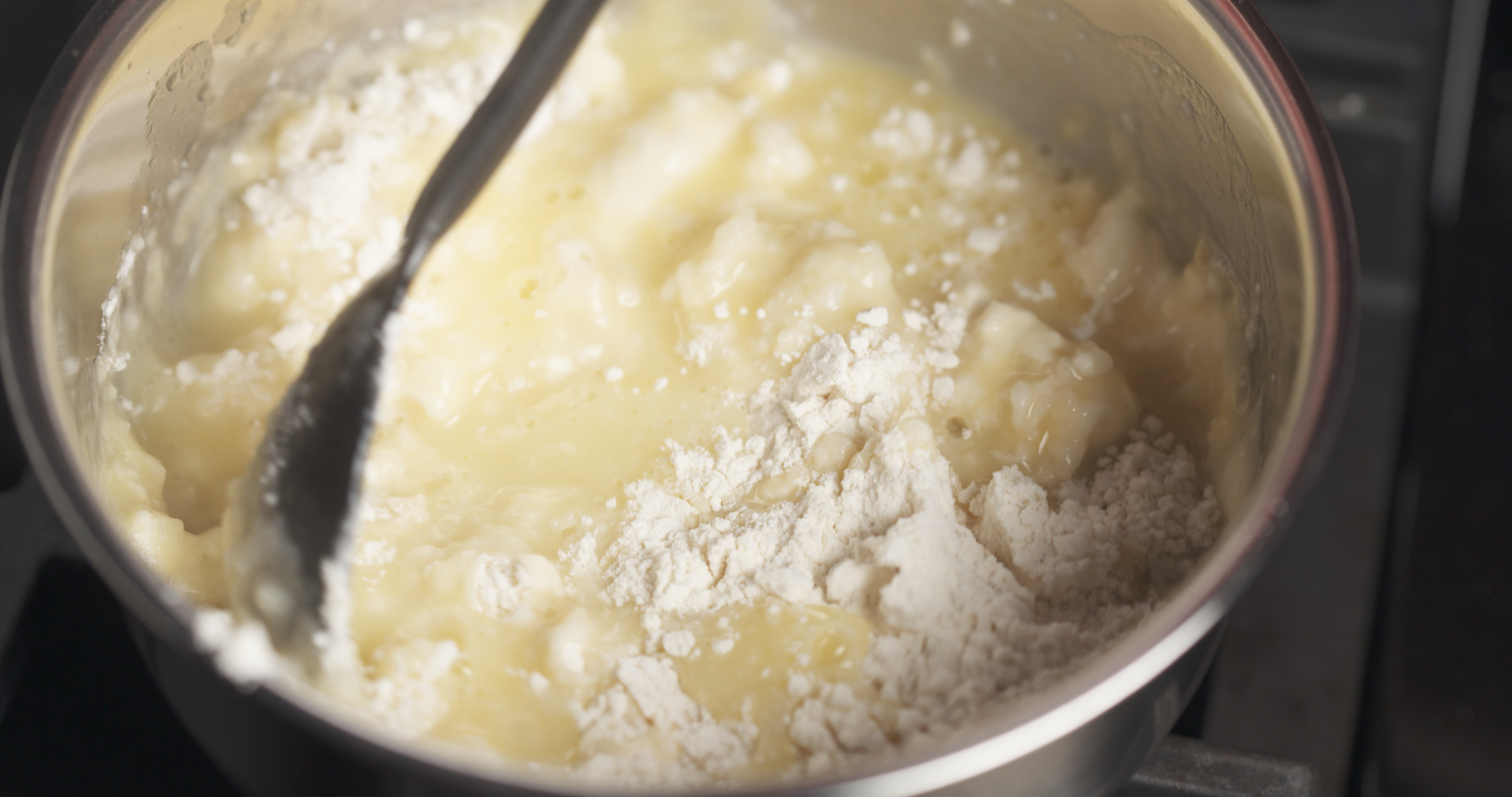
Wheat flour, the starchy white flour commonly used in baking, contains the proteins glutenin and gliadin. When you mix the flour with water, a reaction occurs that binds glutenin and gliadin together to create gluten. Gluten forms in long, stretchy strands that stick together, which is why the batter thickens as you stir it.
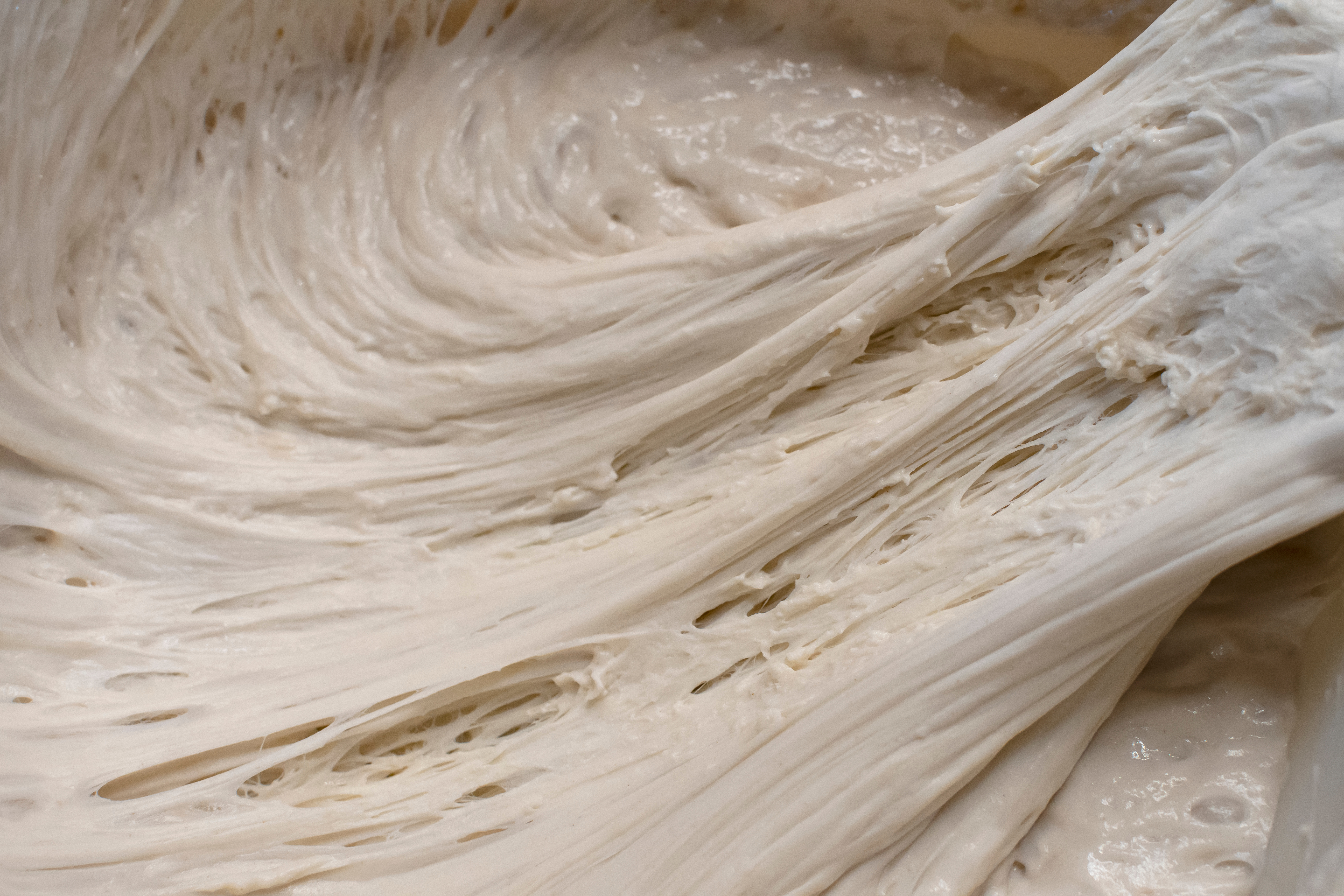
Now you have a pan full of gooey batter, but there are still a few more chemical reactions needed to turn that batter into a cake.
Baking Powder Reacts With Heat to Create Gas Bubbles
You may have noticed that the cake that comes out of the oven is always taller and fluffier than the flat pan of cake batter that went in, but why? Well, it's all thanks to baking powder. Baking powder is a leavening agent. A mixture of powdered carbonate, starch, and a weak acid. The starch dissolves when the baking power is mixed with water. The carbonate and the acid react to each other, producing bubbles of carbon dioxide gas.
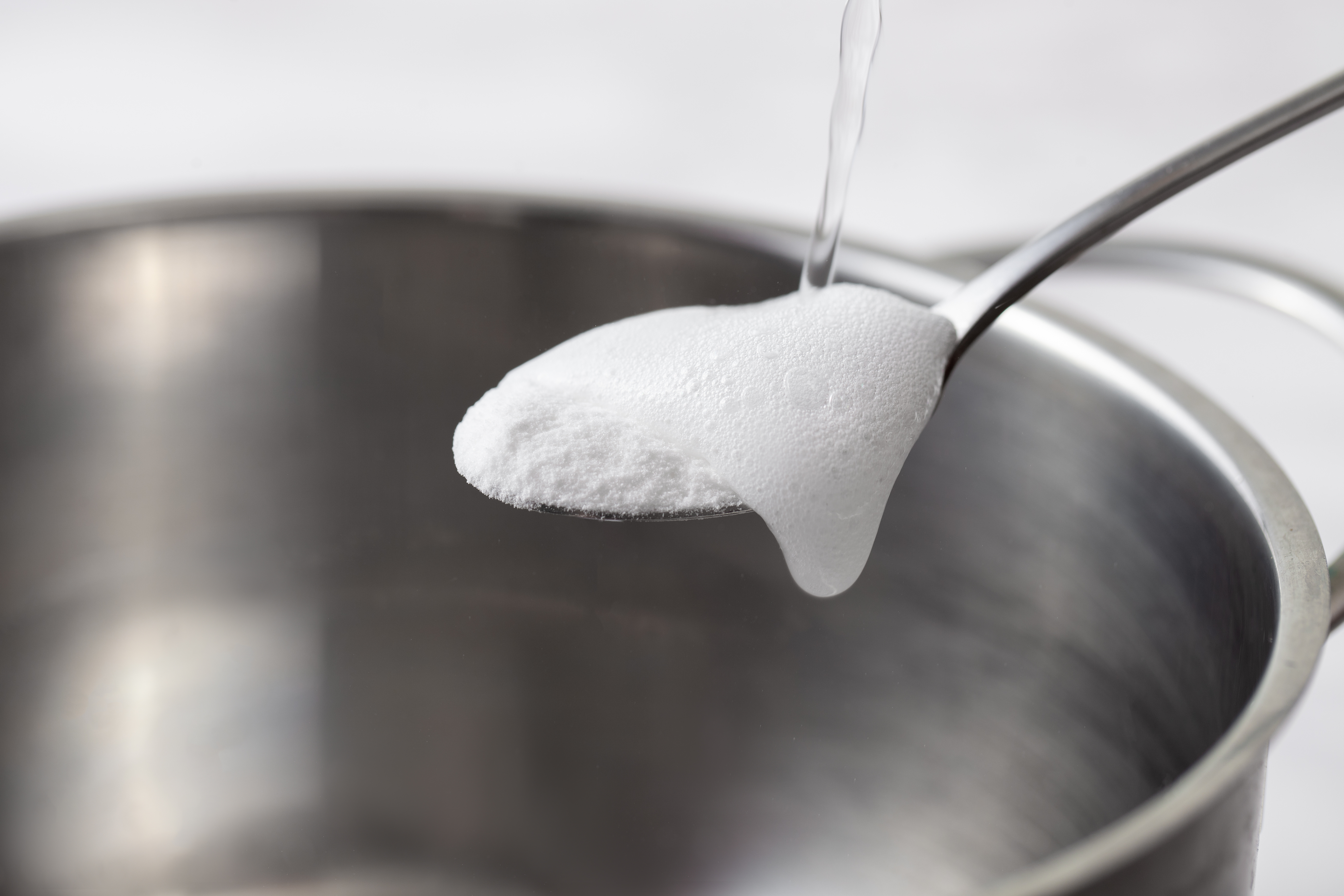
These bubbles of carbon dioxide get trapped in the batter as you stir. Then, as the batter absorbs heat inside the oven, the bubbles of carbon dioxide gas heat up and expand. The expanding bubbles of gas push the batter up and out, causing the cake to expand.

The moisture in the batter evaporates due to the heat, and the cake's structure solidifies as the lattice network of gluten strands dry out and solidify. The end result? A beautifully light and fluffy piece of cake!
Sugar Reacts With Heat and Proteins to Create the Perfect Crust
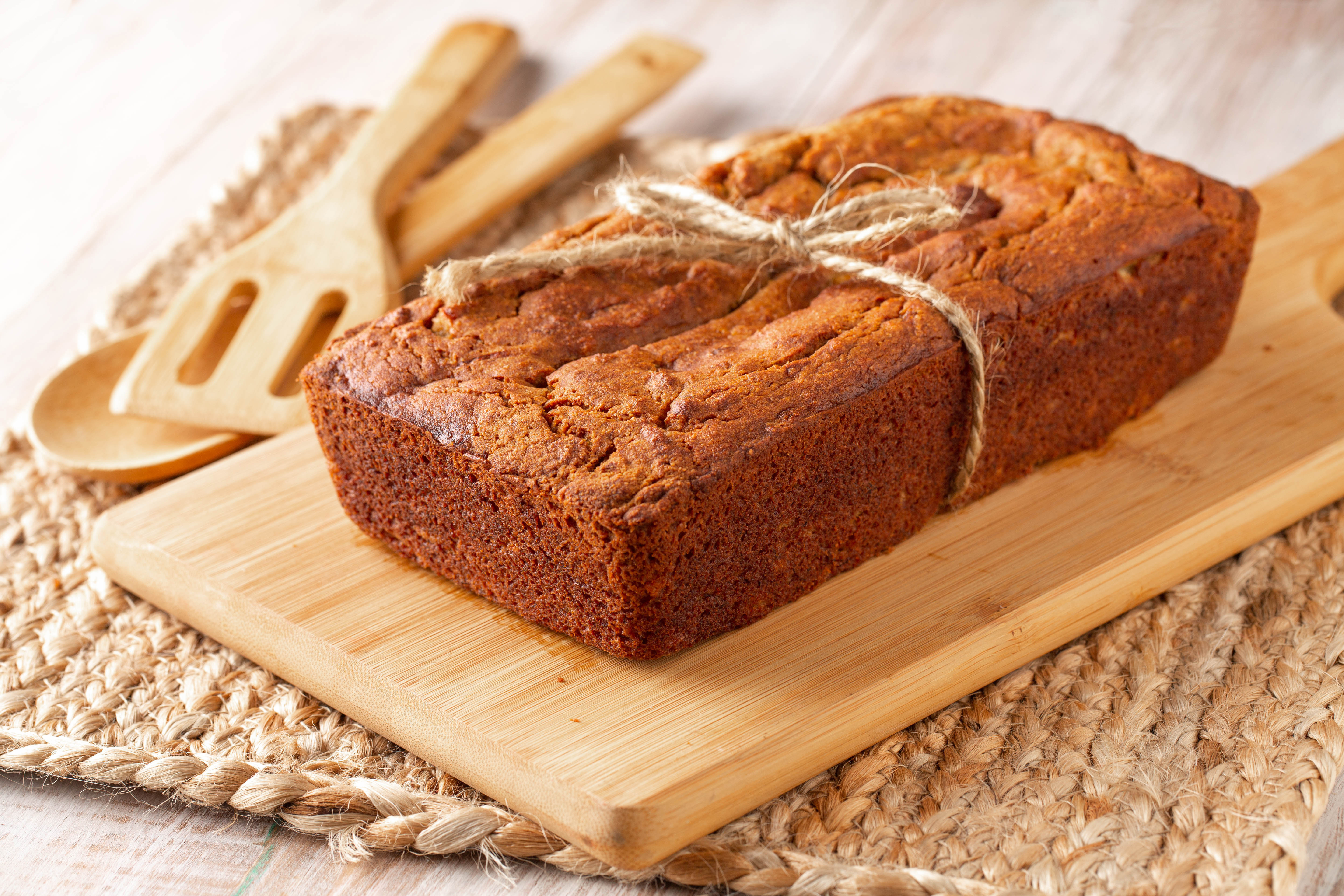
You know your cake is done baking when you pull it out of the oven and see that perfect golden brown crust on top. That sweet, toasted crust is the result of a chemical reaction between sugars and proteins called the Maillard reaction. When the baking temperature reaches 300 degrees Fahrenheit, the sugar mixed into the batter reacts with the amino acids from the eggs, butter, and gluten. Both the proteins and the sugars break apart and recombine, forming new molecules that give the cake it's toasty aroma and rich golden brown color. The same process occurs in browning meat, toasted bread, and toasted marshmallows!
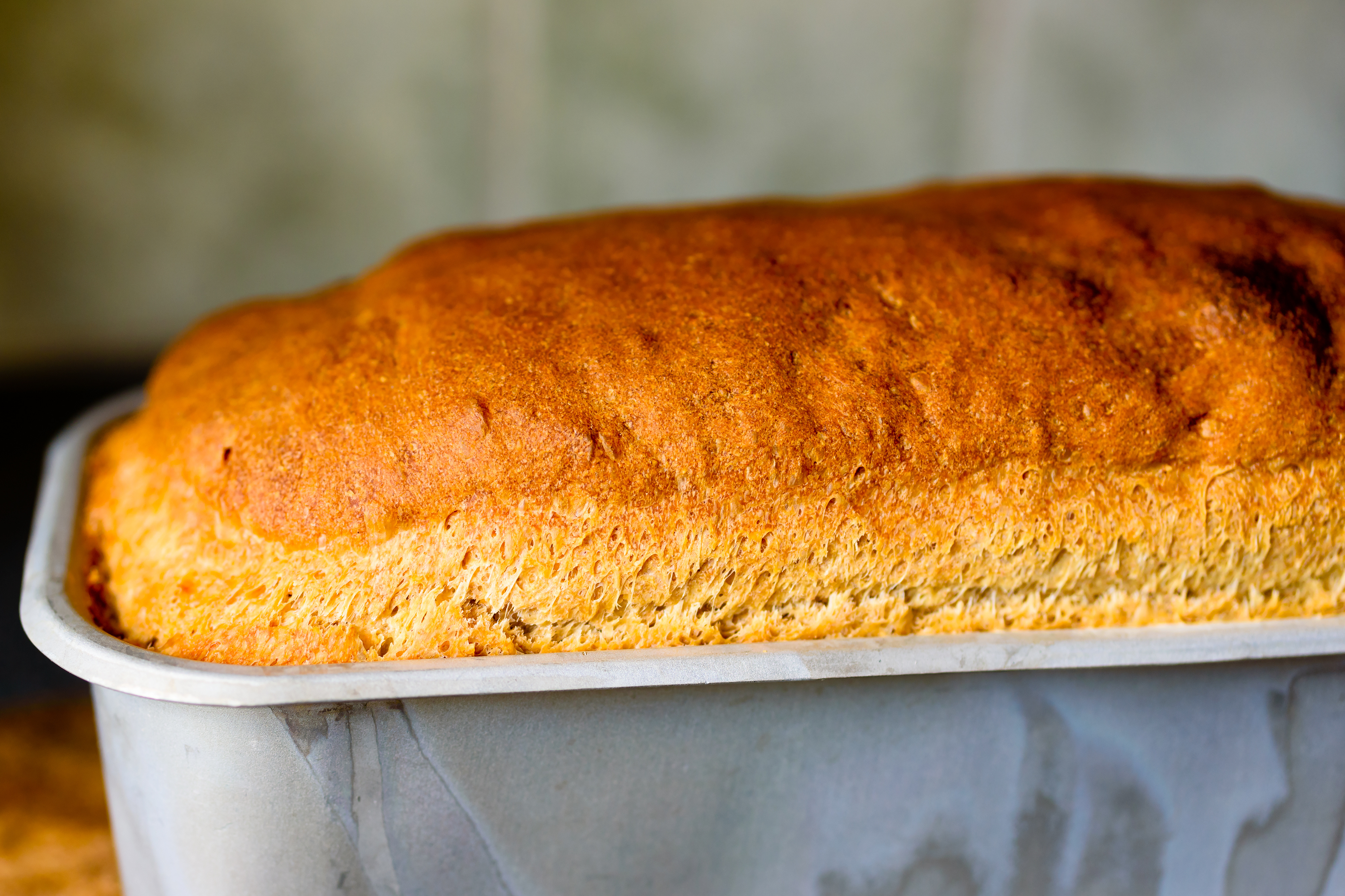
Thanks for exploring the complex chemistry of baking with us! We hope that understanding the science will give you a newfound appreciation for your favorite slice of cake. Did reading this article leave you with a serious confectionary craving? Can't wait to put your new baking knowledge to the test? Check out our deliciously educational Science of Cooking: Mini Cakes box, which comes with everything you need to make and decorate your own tasty mini cakes!
